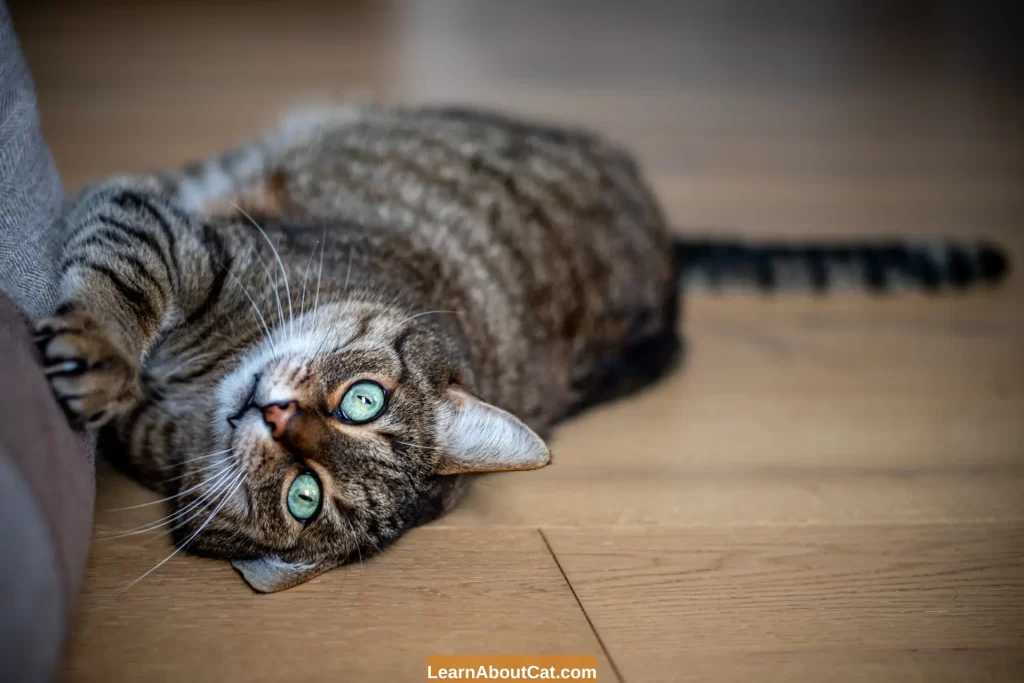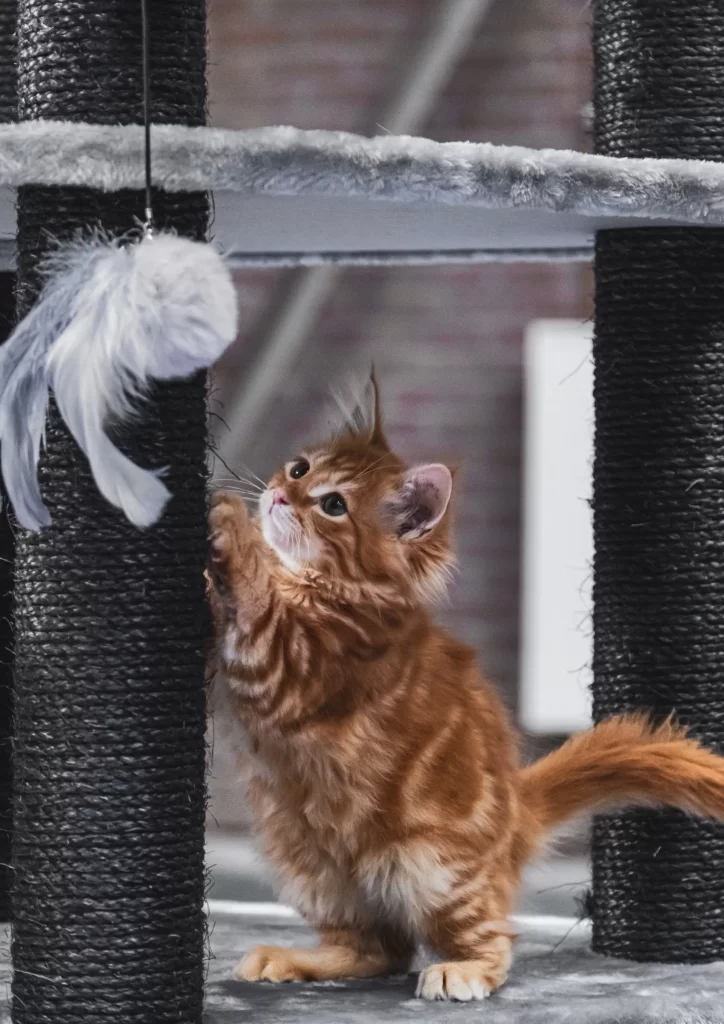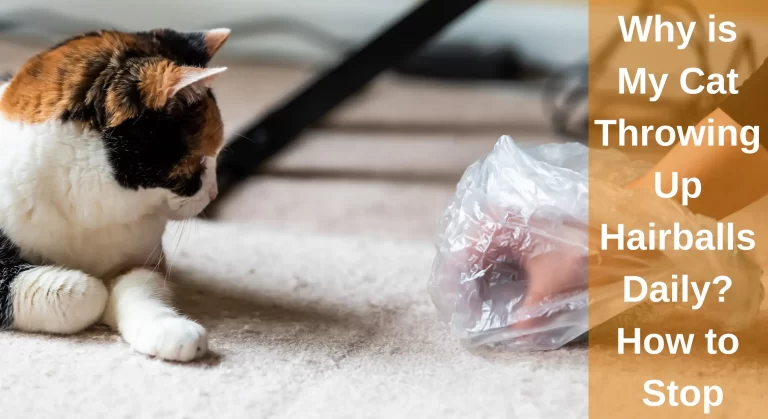How to Stop Cats from Scratching Leather Furniture? Why Do Cats Scratch Furniture
Cats will scratch anything in their range of sight when they feel like it. They engage in it while they are playing, stretching, or even just bored. And it’s perfectly acceptable and normal. Even if you provide your cat with a range of toys and marking tools, scratching and clawing are recurring issues that are hard to solve.
However, dealing with regular cat behaviour may be challenging for cat parents. The worst feeling ever is discovering large scratches on your brand-new leather couch.

Why Do Cats Scratch Furniture?
Here are the reasons why cats scratch domestic objects:
1. To Flex Their Muscles
By giving them exercise, scratching keeps your cat’s front legs, neck, spine, and shoulders robust. Your furniture is the best spot for a scratching post because of its firmness and the fact that it stays there when stretched.
2. Not Enough Scratching Posts
Cats have a continual urge to scratch without reason. If you don’t provide them somewhere else to scratch, they’ll scratch your furniture to satiate their craving.
3. Determine their Territory
Cats have scent glands between the pads of their claws, thus scratching and rubbing help them mark their territory by releasing odours. Cats feel the urge to let other cats know there is a cat nearby, thus they must leave a visible mark and leave their scent behind.
4. To Use Up Additional Energy
Cats need to pursue and play to get rid of some of their excess energy and to become calmer and more tranquil. They could start scratching your furniture in order to burn off extra energy.
5. Feeling Good
Yes, when having fun or feeling joyful, a hairy species has the capacity to scratch and claw. This activity reduces stress and worry as well as the possibility that undesirable traits may otherwise surface.
6. To Protect their Claws
Cats scrape and claw at their nails to remove the outer, dead layer. The movement also helps the outer claw sheaths to shed and release, revealing the younger, sharper, and healthier nails beneath.
7. Cry for the Attention of Their Owners
These animals like being near and interacting with people. They will become lonely and start clawing your possessions to get your attention if you don’t pay them any attention, even if it’s negative attention.
Check Out: How To Stop Cat From Jumping On TV Stand?
How Can I Stop My Cat from Tearing up My Leather Furniture?
- Clap your hands together and yell “NO” at it if you spot it scratching your leather furniture to grab its attention. It ultimately stops scratching the precious object after realising that its activities are distressing you.
- Use guards to protect your leather furniture from cat scratches. This won’t stop your cat from scratching, but it will stop it from destroying your furniture. Even translucent plastic covers are available for the guards. While you teach your cat to use the scratching objects instead, these coverings can help you safeguard your valuables from scratches.
- Praise and treat your cat each time it scratches one of its scratching posts.
- Useful reinforcements, such as gifts, can improve your anti-scratching efforts. It means that you should give your cat something it likes whenever you detect it scratching the things it shouldn’t.
- Your praise and gifts will make the cat want to bite on her favourite areas even more.
- Make the scratching poles your cat enjoys. You may encourage your pet to utilise its scratching post by hanging a toy mouse from it or by placing a catnip on it. Spraying honey over the stains will help keep your chairs clean.
- Give your cat a manicure.
- Yes, desperate times call for harsh measures. The trimming of your cat’s nails may keep it from destroying your leather couch.
- If your cat won’t get off your couch, you may make it wear “fake” nails by covering its claws with plastic. Use a mild adhesive to attach the nail covers.
My Cat Won’t Use the Scratch Post, How Can I Teach him?
If your cat often scratches any furniture in your home, such as your couch, try placing a scratching post there right away. This could convince them that this is a better choice.
Another way to get your cat to utilise its scratching post is to use catnip. If catnip is put on the scratch post’s base, though, some cats could begin using it. Treats work well as well, so you can reward your cat with one after each time it uses its scratching post.
Play can also assist your cats in realising that their new scratching post is far more exciting than your couch. If you can, use a wand cat toy. Your cat will be encouraged to reach up and place her paws on the scratch post if you wave the toy around on the post

How Do I Cut the Claws of My Cat?
Cutting your cat’s nails might actually be a relaxing and fun activity. Even older cats will stay still and allow their claws to be trimmed if you follow these instructions, despite the fact that it’s best to begin accustoming your cat to having their claws clipped at a young age:
- Unwind them by keeping in peace and holding your cat in your lap. Verify that no other dogs or toys are close. The greatest time to pet your cat is after a meal since it will be the most exhausting and content.
- Gently begin to rub your cat’s paws, and keep doing so for up to three seconds.
- If they push you away, slowly retry until you can touch their paws without them pushing you away.
- Gently squeeze on their paw pads to get their claws to spread. Release the pressure right away. Every time, give your cat a treat to encourage them to associate this with good behaviour. Gently and calmly repeat for every toe of each child.
- To assist your cat get used to the sound, cut a piece of spaghetti with the clippers each time you press on its toe pad and treat it. This will lessen their dread when you trim their claws since it will be simpler for them to link the sound with the activity.
- Once your cat is comfortable and content, you may trim its nails by gently pressing down on its pads and clipping the tips of its claws. Never clip a child’s nails in the pink region since doing so will hurt them.
- The first two claws on your cat should be trimmed, then two more the next day, and so on until all of their claws have been removed. Once they are comfortable with the procedure, they will gladly sit and let you trim every claw at once.
Frequently Asked Questions
Bottom Line on How to Stop Cats from Scratching Leather Furniture
It’s important to remember that scratching is a behaviour that cats naturally display. These instincts are still present in domestic cats since they are essential to their security and survival in the wild. More than other cats, cats who are very curious or who feel exposed could scratch.
Since it is instinctive, scratching cannot be eliminated. We can save our furniture by giving cats a different spot to scratch and encourage them to do it there rather than on your leather sofa by utilising deterrent sprays or other repellents. Combining strategies is the best course of action, but you should never amputate your cat’s claws.
Who is Isabella?
My name is Isabella, and I am a dedicated and knowledgeable cat enthusiast. With years of experience caring for cats and a deep love for felines, I made a mission to help other cat lovers navigate the challenges of cat ownership.







Хотите найти данные о пользователе? Наш сервис предоставит детальный отчет мгновенно.
Используйте продвинутые инструменты для анализа цифровых следов в открытых источниках.
Выясните место работы или активность через автоматизированный скан с верификацией результатов.
глаз бога поиск людей
Бот работает в рамках закона , обрабатывая общедоступную информацию.
Закажите детализированную выжимку с геолокационными метками и графиками активности .
Доверьтесь надежному помощнику для исследований — точность гарантирована!
Нужно собрать информацию о человеке ? Этот бот поможет детальный отчет в режиме реального времени .
Воспользуйтесь продвинутые инструменты для анализа публичных записей в соцсетях .
Выясните место работы или интересы через автоматизированный скан с гарантией точности .
глаз бога тг бесплатно
Бот работает с соблюдением GDPR, обрабатывая общедоступную информацию.
Получите детализированную выжимку с геолокационными метками и графиками активности .
Попробуйте проверенному решению для digital-расследований — результаты вас удивят !